1. Black-and-White TV Could Damage Your Eyes
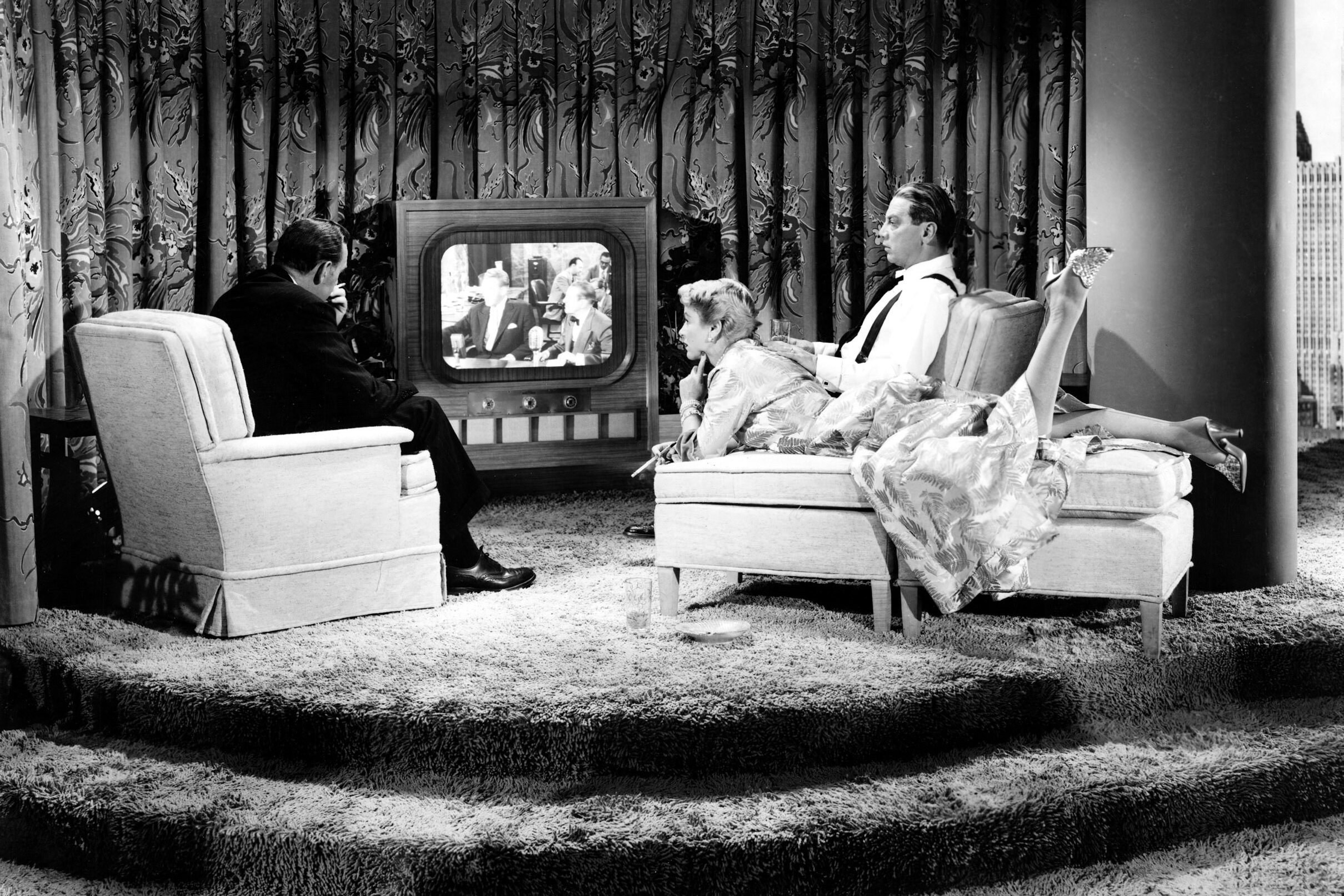
There was a time when people genuinely believed staring at a black-and-white screen for too long could harm your vision. Parents would warn kids not to sit too close or watch for extended periods, claiming it would “ruin your eyes.” Of course, the truth is black-and-white TVs weren’t any more harmful than color ones—if anything, they were just harder to see in a brightly lit room shares TCL.
Looking back, it’s funny to think people worried about a flickering, low-resolution screen while today we spend hours staring at high-definition phones mere inches from our faces. Eye strain can happen with any screen, sure, but the fear of going blind from The Andy Griffith Show was definitely overblown. It was just one of those classic grown-up warnings—like the one about swallowing gum adds Howerton Eye. Kids probably listened back then, though, because who wanted to risk their eyesight for some reruns?
2. TVs Would Replace Books Completely
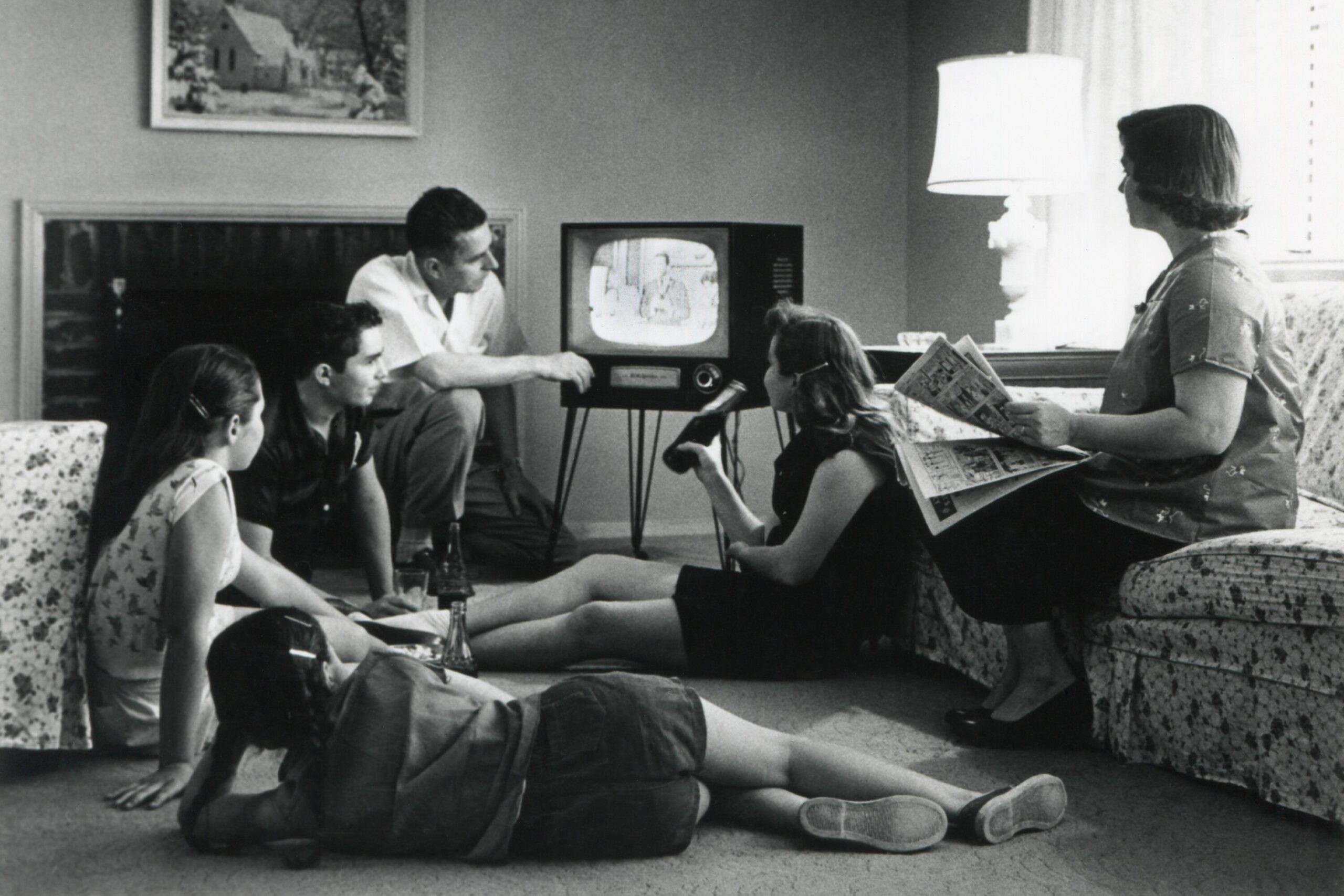
When television first became mainstream, there was real panic that books would become obsolete. People thought TV would rot your brain and make reading unnecessary—or even uncool. Headlines declared that future generations might grow up illiterate, glued to the glowing screen instead of flipping pages says Quora.
Clearly, that didn’t happen. While people do consume more screen-based entertainment now, books never went away—and in fact, TV adaptations have helped boost book sales. Just look at how many people read Game of Thrones or The Handmaid’s Tale after watching the shows. If anything, TV and books now work together rather than competing. But back then, it was a full-blown reading apocalypse in the minds of many adds Business Insider.
3. Remote Controls Were Just a Fad
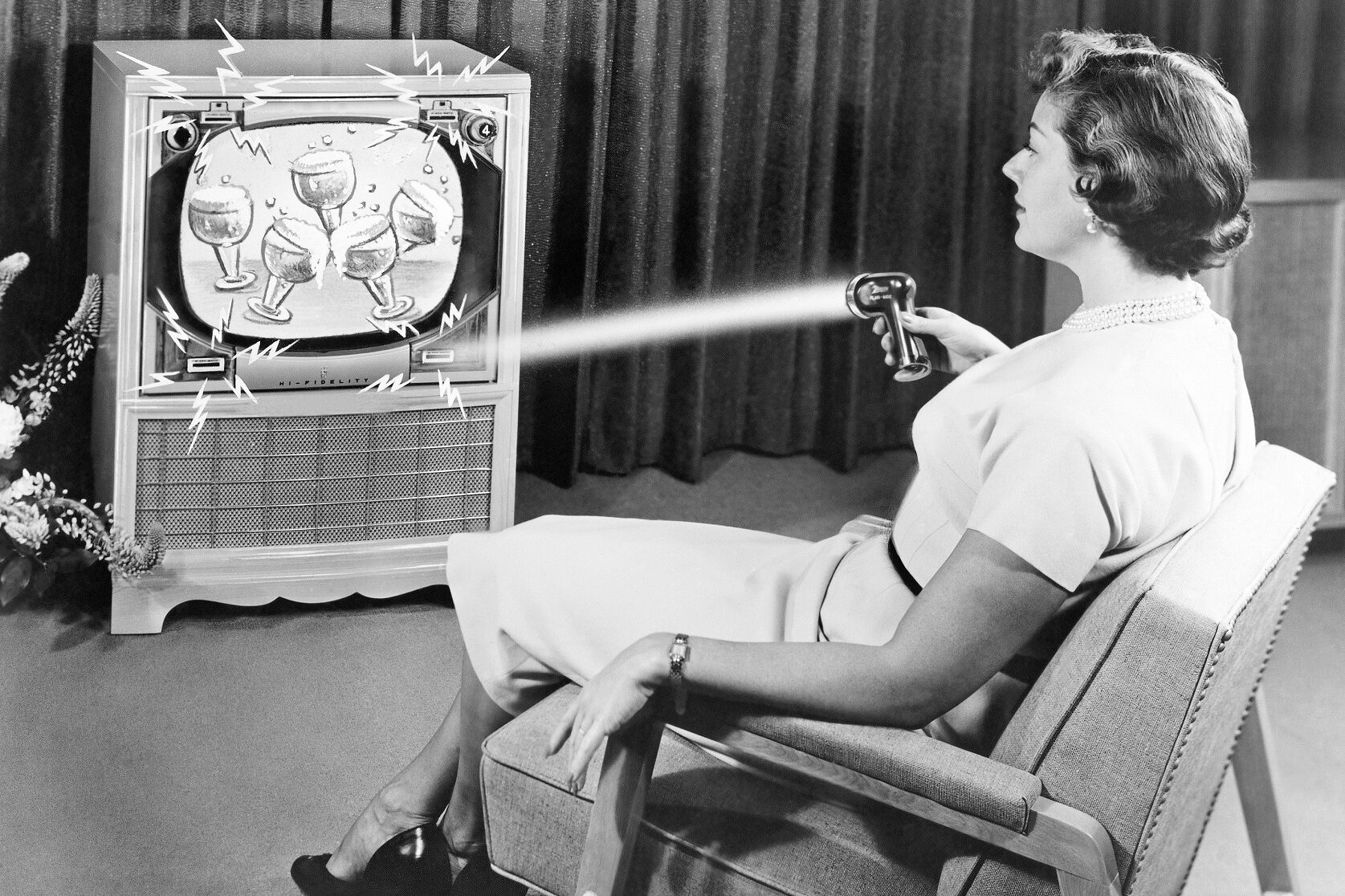
In the early days, remote controls seemed like unnecessary luxury gadgets. Some folks thought it was lazy or even a little indulgent to change channels without getting up. There were jokes about how people were becoming couch potatoes, all thanks to a clicker with a cord.
Now? Most of us would feel personally attacked if we had to walk up to the TV to switch inputs or adjust the volume. Remote controls evolved into universal remotes, voice remotes, and now smartphone apps. It’s safe to say the “fad” stuck around. But at the time, the idea of not getting up to change the channel seemed a little ridiculous… or at least wildly futuristic.
4. Color TV Was Just a Gimmick
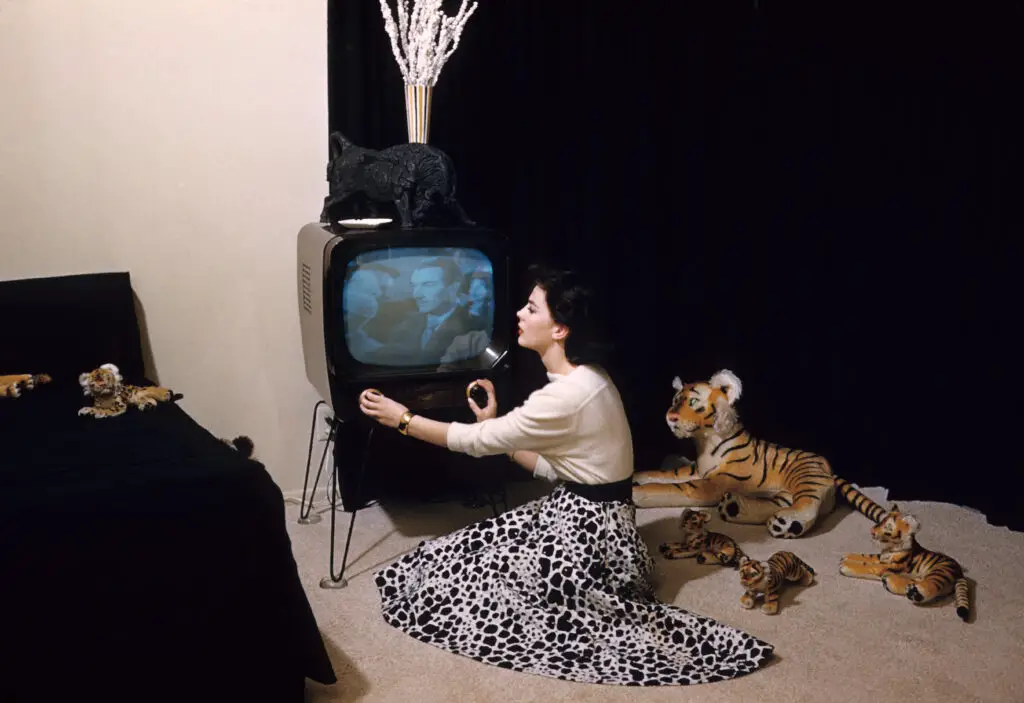
Some viewers initially thought color television was unnecessary and even silly. Why would you need color when black-and-white had worked just fine for years? Critics argued that it was just a flashy trick to sell more expensive sets.
Of course, once people actually saw the vibrant colors of Bonanza or The Wonderful World of Disney, they changed their tune pretty quickly. Color added a whole new level of immersion that black-and-white couldn’t compete with. What was once seen as a gimmick soon became the standard. Today, the idea of voluntarily watching a new show in black and white sounds like a hipster art project.
5. The TV Would Explode If You Left It On Too Long
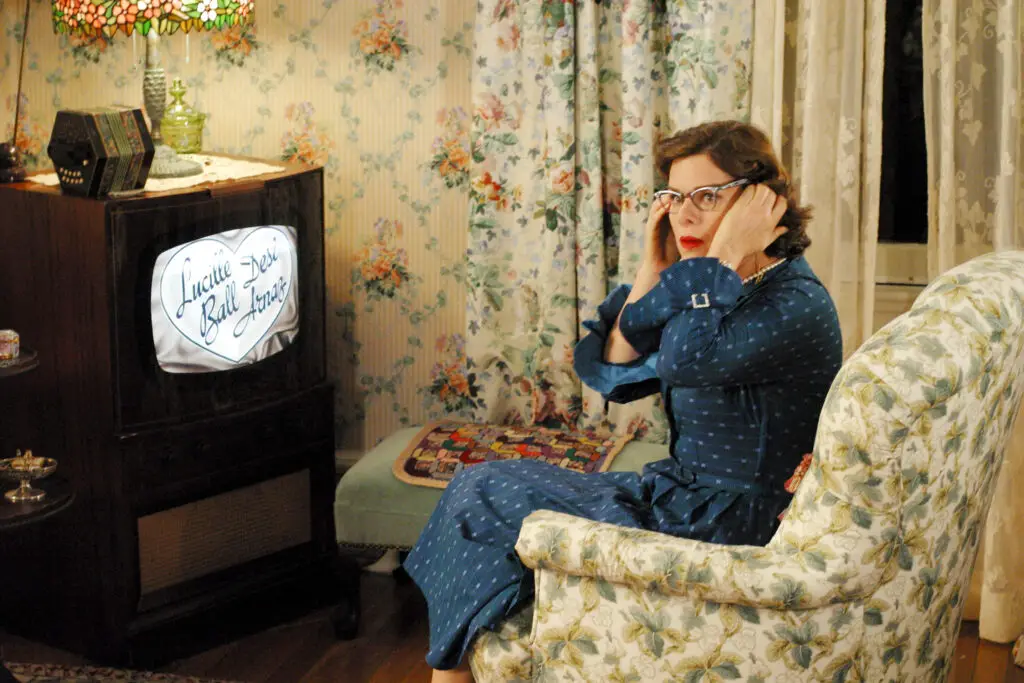
Older sets did get pretty warm, and yes, they were filled with tubes and wires, but the idea of them exploding like a cartoon bomb was definitely overdramatic. Still, many parents swore up and down that if you left the TV on all night, it could burst into flames—or at least melt.
That warning definitely left a mark on a whole generation who’d quietly tiptoe back into the living room to shut off the set before bed. The truth? While overheating could be a thing, spontaneous combustion was not. But in those days, the TV seemed like a mysterious machine with almost magical power, so the idea of it being dangerous wasn’t that far-fetched.
6. Static on the Screen Meant Ghosts Were Near
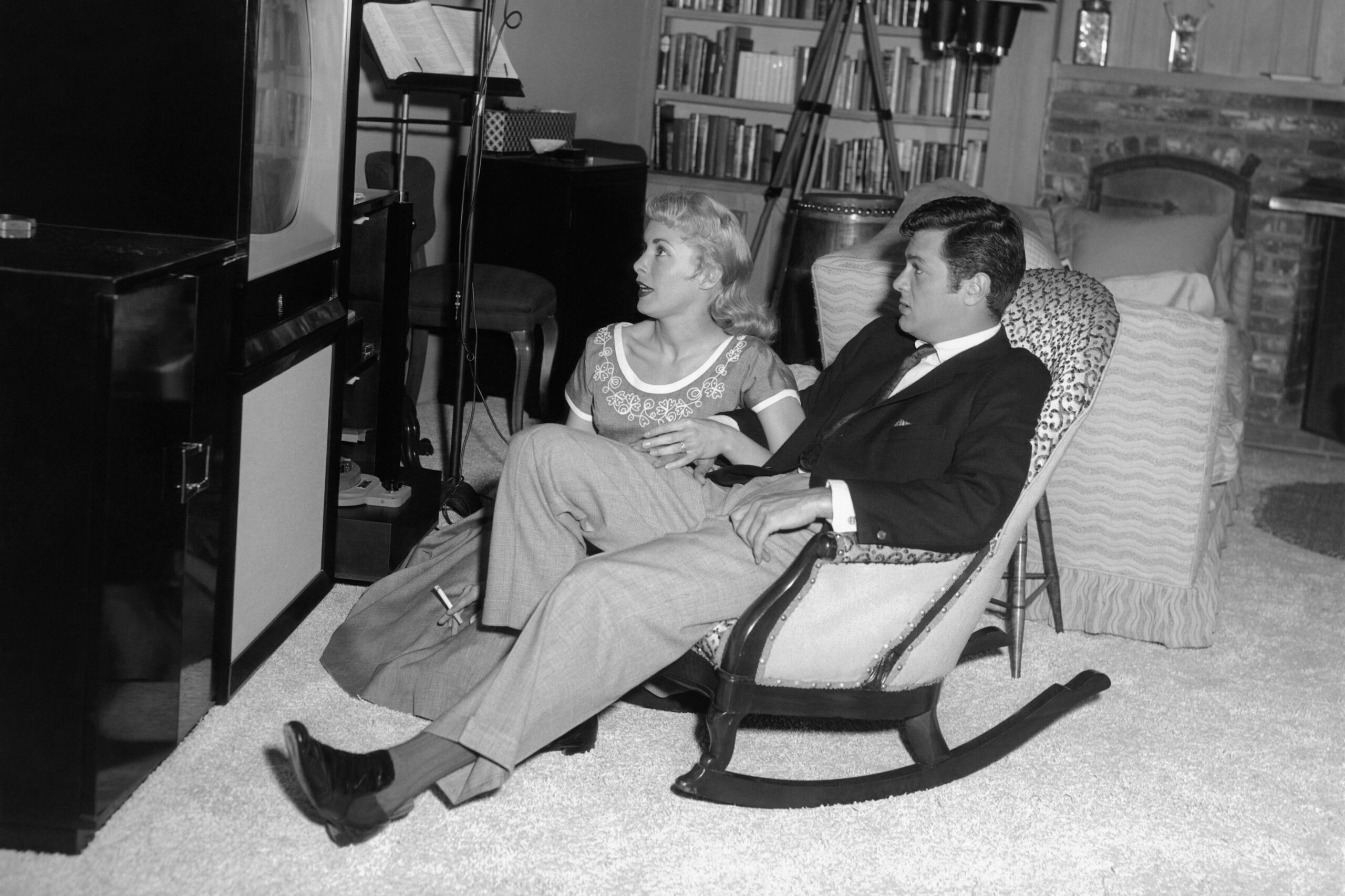
You might remember watching a snowy screen late at night and hearing someone say, “That’s how ghosts come through.” This belief was especially common after Poltergeist popularized the idea in pop culture. Suddenly, static wasn’t just annoying—it was spooky.
While we now understand static is just a result of lost signal or a channel with no broadcast, the eerie look of it did invite some imagination. Kids would dare each other to stare at it too long, convinced something would emerge. Even knowing better, some adults avoided it, just in case. It was one of those beliefs that stuck, more emotional than logical.
7. TV Was Only for Rich People
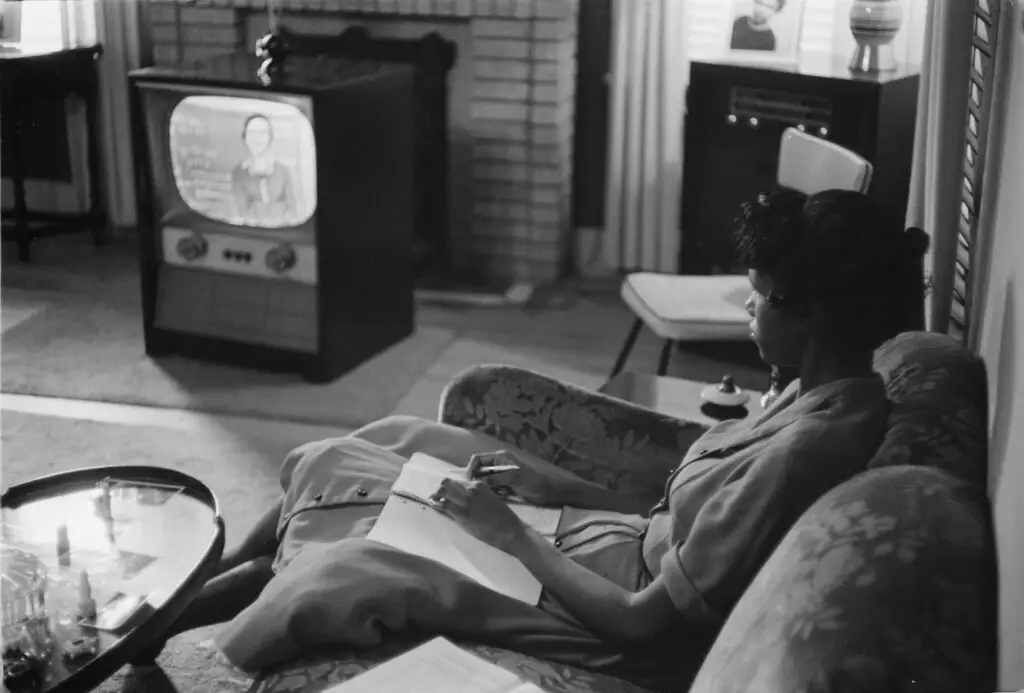
When television first came on the scene, it was considered a luxury item, like having a swimming pool or a dishwasher. People thought only the wealthy would ever own one, and regular families would still gather around the radio for stories.
Of course, prices dropped quickly, and soon TVs were popping up in living rooms all over the country. Within a decade or two, it was hard to find a household without one. Now we’re at the point where people have TVs in their kitchen, their bathroom, and even on their phones. But in the beginning, it felt like something only movie stars and business executives could afford.
8. You’d Get Electrocuted Changing the Channel
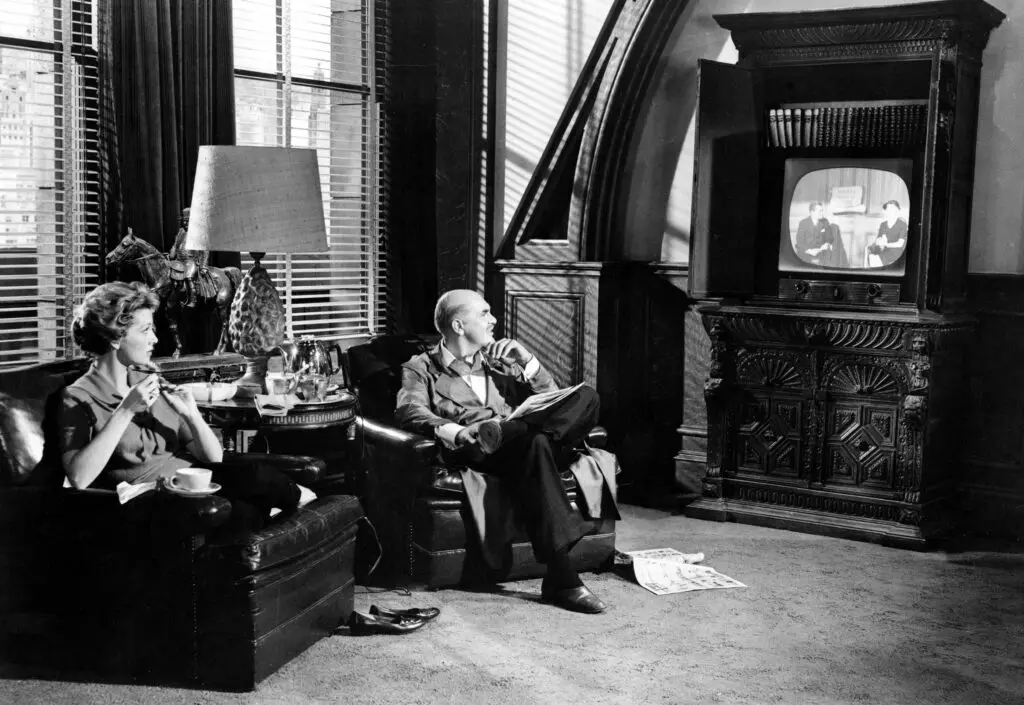
TVs were big and bulky and sometimes made strange noises or smelled a little like burning dust. Combine that with visible sparks if something shorted out, and suddenly touching the dials felt like a potential trip to the ER. Some people were genuinely scared to turn the channel for fear of being zapped.
While it was possible to get a shock from a malfunctioning set, it wasn’t something that happened every time someone twisted a knob. Still, the fear was real, especially if someone had a bad experience with a vacuum tube or frayed cord. We laugh now, but that caution came from a time when electronics weren’t quite so foolproof—or kid-friendly.
9. The Test Pattern Was a Secret Government Signal

That rainbow-colored screen with the loud tone used to pop up when broadcasts ended for the night. It was meant for technicians and calibration, but plenty of people believed it was some kind of secret government code or mind control signal. Conspiracy theories flourished around that strange, static image.
There was something eerie about how it just appeared and sat there, buzzing. In the Cold War era, people were already on edge, so it didn’t take much to turn a test pattern into something sinister. While the truth was a lot more boring, the mystery of the test pattern captured the imagination of many. These days, networks never “sign off,” so most people have never even seen one.
10. TV Antennas Could Attract Lightning
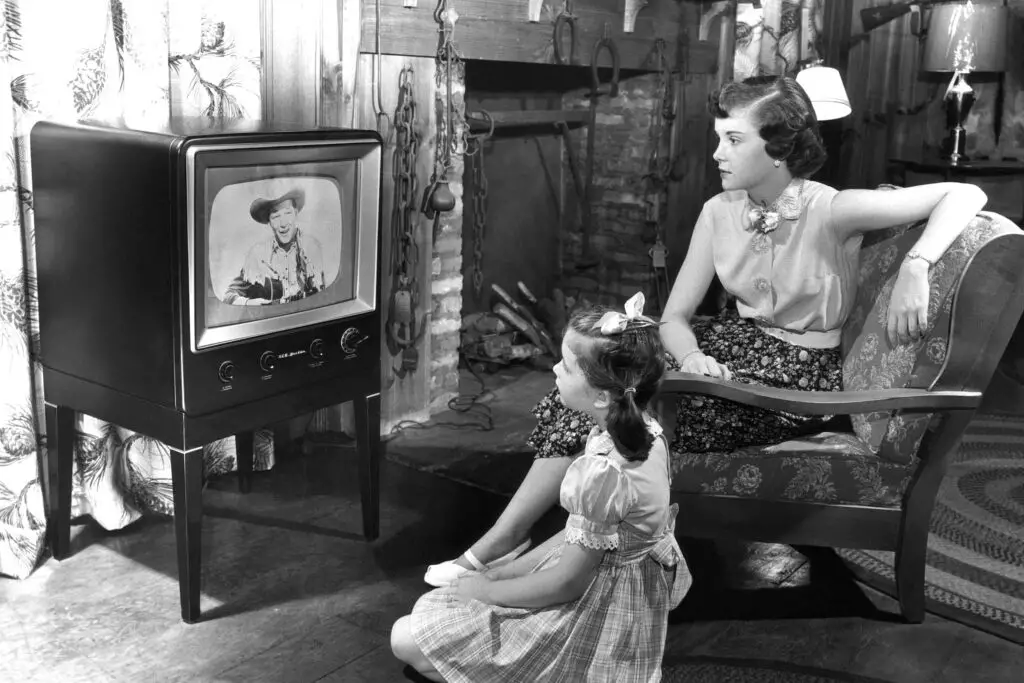
Putting metal rods on your roof and pointing them toward the sky? It’s not hard to see why people worried that antennas could attract lightning strikes. Some families were even afraid to turn on the TV during storms because of it.
The reality is that any tall metal structure can be a lightning rod, but it’s not like every house with an antenna went up in flames during the rain. Still, during a thunderstorm, plenty of people would yank the plug out of the wall “just to be safe.” It was probably more superstition than science, but in storm-prone areas, that belief held strong.
11. TV Would Make You Antisocial
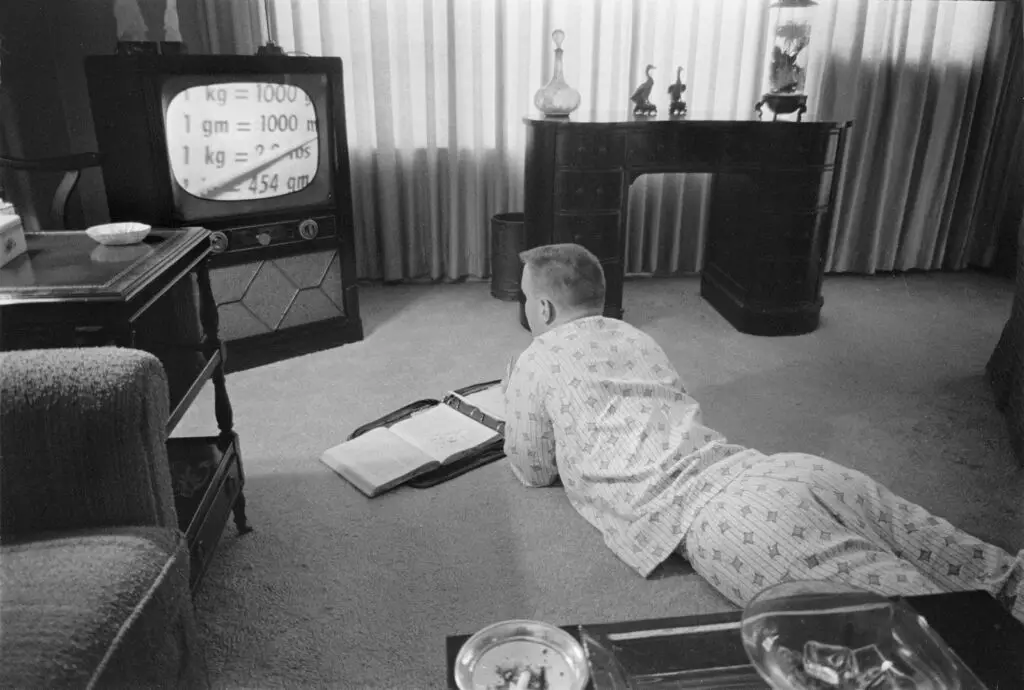
There was a fear that if people had access to constant entertainment at home, they’d stop visiting friends, going to events, or even talking to each other. Families were warned they’d become isolated and emotionally distant because of their beloved box in the corner.
Sure, there were probably a few more quiet dinners in front of the TV, but it didn’t erase social lives. In fact, many people used television as a way to bond, whether it was watching a big game, talking about the latest soap opera twist, or laughing over sitcoms. It changed how we socialized, but it didn’t destroy it. People just made room for both.
12. You Had to Dress Up to Watch TV
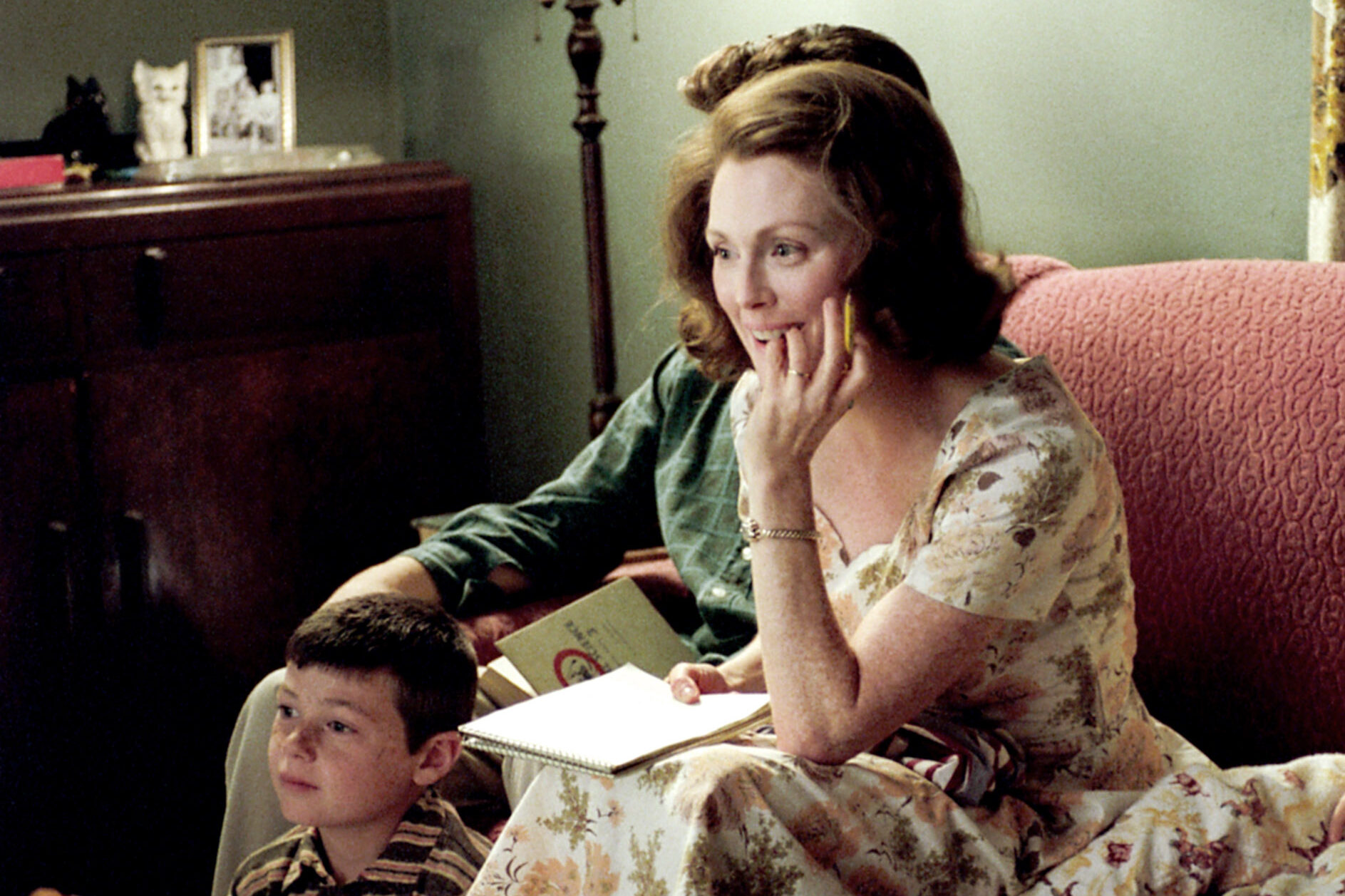
In the very early days, people treated television almost like going to the theater. Some families believed you should dress nicely while watching—especially for special programs or live broadcasts. There are even stories of people wearing suits or Sunday best just to sit on their own couch.
That mindset faded fast once TV became part of everyday life. Pajamas, sweatpants, and messy buns are the real uniform of the average TV viewer now. But for a brief, odd period, the idea of watching in your bathrobe would’ve been scandalous. It’s a charming reminder of how new and exciting the technology once was.
